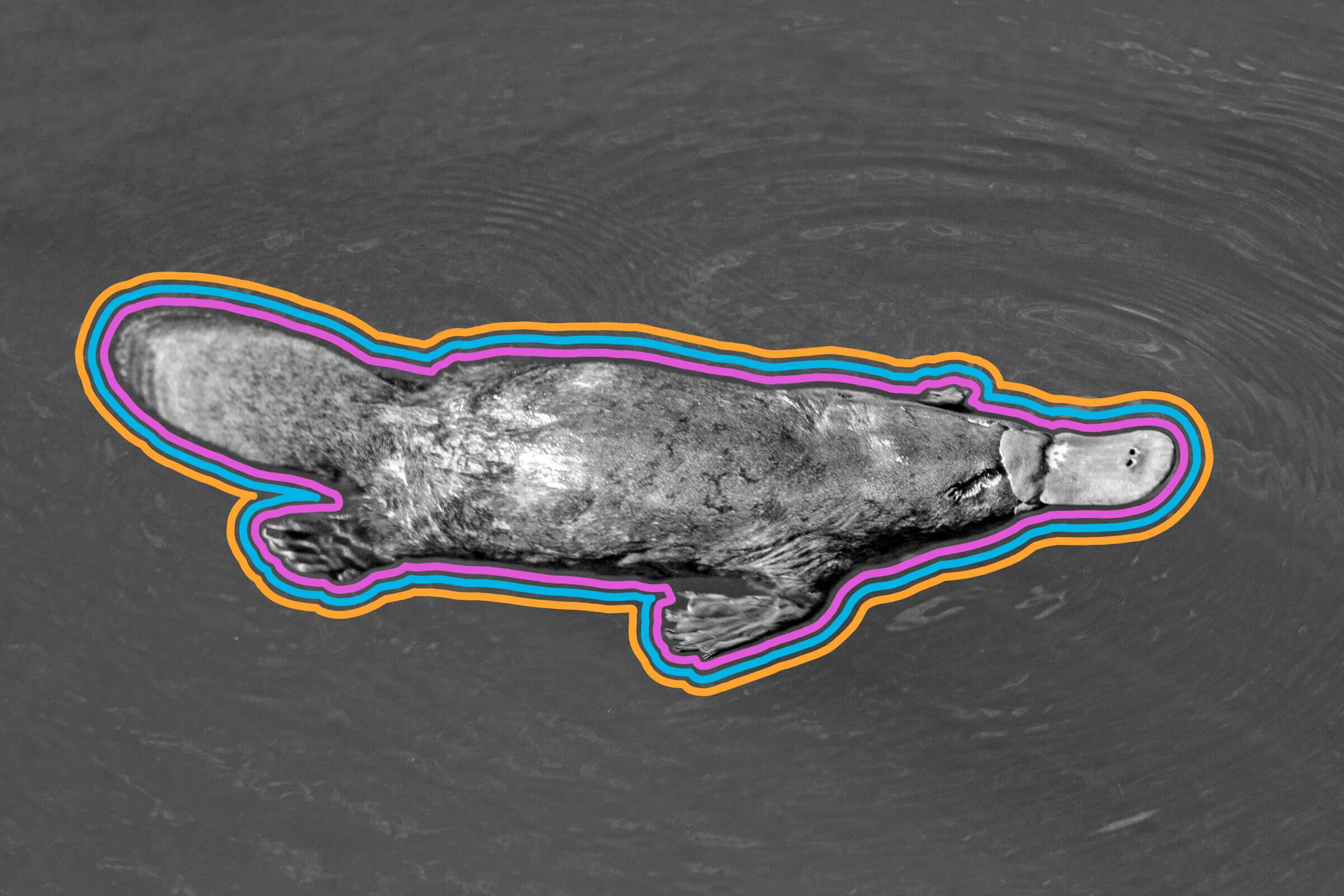
Flamingos can sleep standing on one leg.
Flamingos are some of the most striking birds on the planet. Their bright pink plumage is easy to spot in wetland habitats around the world, they eat upside down, and yes, they can fall asleep standing on one leg — a task that’s impossible for most vertebrates. So how (and why) do flamingos pull off this impressive feat? For years, scientists believed it was because flamingos conserved heat by retracting their other leg into their body — similar to how a cat “loafs” to conserve warmth. However, this didn’t quite square with most birds’ physiology. So a study in 2017 went back to the proverbial drawing board, analyzed both dead and living flamingos, and discovered the answer has to do with some surprising physics.
Scientists placed juvenile flamingos on what amounted to a highly sensitive bathroom scale to analyze the miniscule muscle movements in their legs and feet. When the birds slept on one leg, swaying decreased sevenfold compared to when they were standing or grooming on two legs. Scientists also realized that flamingos can passively lock their knee, which is located close to their trunk (the visible joint we see is actually their ankle), and then stabilize their center of gravity over this leg. Doing so doesn’t seem to require any conscious activity or muscle effort, as even dead flamingos were capable of doing it. The one-legged pose thus allows flamingos to expend less energy while they snooze — even if it looks a little unconventional.
In the U.S., the American flamingo (Phoenicopterus ruber) is found almost exclusively in southern Florida — but for more than a century, the Sunshine State considered the bird an invasive species. Because of widespread hunting, flamingos stopped nesting in Florida at the turn of the 20th century. In the decades following, it was often assumed that any wild flamingos one spotted had escaped from captive colonies. However, research in 2018 using satellite trackers, aerial surveys, and historical reports (including accounts from 19th-century feather traders) concluded that the American flamingo is most likely originally native to southern Florida. This simple distinction carries big implications for the bird’s protection in the state, as well as protection of its wetland habitat. Today the Florida Fish and Wildlife Commission considers the American flamingo a native resident, but has declined to consider them “state threatened” in part due to their overall low population in Florida. That could change if these brilliant pink birds continue to return to their ancestral home.

